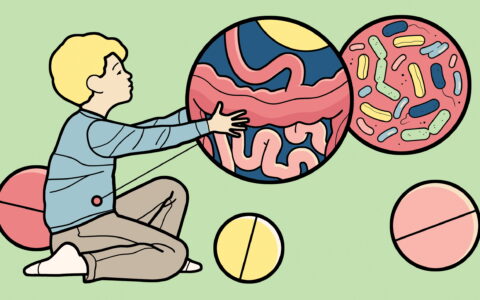Key Takeaways
- 10-fold difference in pharmacologic restraint use between hospitals
- Medications cross all drug classes
- No consensus guidelines available
Mental health is a growing challenge for America’s youth – so much so that a slew of professional agencies have declared a state of psychiatric emergency for children and adolescents since the pandemic.
An estimated 1 in 5 young people now are diagnosed with a mental, emotional, developmental, or behavioral disorder. Mental health crises, and their associated emergency department visits, are climbing.
Ideally, children who present to the ED in acute mental health crisis are sent directly to a psychiatric facility. Yet, many EDs face limited transfer options for these young patients.
“There aren’t enough pediatric psychiatric beds to handle the volume,” explained David P. Johnson, M.D., medical director of inpatient quality and patient safety at Monroe Carell Jr. Children’s Hospital at Vanderbilt. “This is an issue nationwide.”
Psychiatric Boarding
A practice known as “psychiatric boarding” often serves as a stopgap, in which young patients are temporarily admitted to acute, non-psychiatric children’s hospitals until a more suitable treatment setting can be arranged.
Young patients can be there for hours or even weeks, waiting on space to open up in a psychiatric facility or while navigating complex insurance coverage, say the researchers.
“There aren’t enough pediatric psychiatric beds to handle the volume.”
“Children’s hospitals in general are not made or equipped to deal with a lot of the challenges this poses,” Johnson says.
Children experiencing a mental health crisis may exhibit acute agitation and behavioral outbursts in their hospital rooms and, at times, medication helps provide a safer environment.
“When measures like verbal de-escalation are not successful with patients who are agitated or aggressive, medication may be used to lessen their agitation or even help them sleep. This is out of necessity to protect patients and personnel, but there is no national guidance for how best to do this,” Johnson said.
Inconsistent Restraint Use
A recent investigation into the issue was launched by team of researchers at Vanderbilt, including former hospital medicine fellow Ryan Wolf, M.D., who is now an assistant professor at Wake Forest University School of Medicine.
The researchers assessed pharmacologic restraint use among children admitted for mental health conditions across 49 acute-care children’s hospitals. Their report in the Journal of Hospital Medicine describes massive variability among sites.
“We found that there were some groups of hospitals that were high utilizers, and some that were low, and almost a 10-fold difference between them,” Wolf said.
Many of the high-use hospitals prescribed broadly across all drug classes, he added.
Frequency of use ranged from 6 to 282 days of pharmacologic restraint per 1,000 mental health bed days. The measure was designed specifically to permit the comparison between high- and low-use facilities. Among nearly 30,000 relevant patient encounters, 12.6 percent involved pharmacologic restraint.
Search For Answers
“Our first goal as providers is to avoid an IM injection of medication and to use verbal de-escalation,” Wolf said. “And when that fails, all of us strive to offer an oral medication alternative to avoid the trauma of these repeated injections. So, I do think we are underestimating the amount of pharmacologic restraint that is used for these patients.”
At Vanderbilt, a Patient Safety Team is working to develop a series of best practices to ensure young patients in a mental health crisis have the support they need. This is led by co-author Heather Kreth, Psy.D., clinical director of inpatient and acute behavioral health services at Monroe Carrell.
Kreth has published guidance on effective de-escalation and ways to reduce physical restraint use on children who are admitted for behavioral-health conditions. Together, the team has implemented Brøset scoring to inform inpatient medication use.
“Our behavioral-health team is also working to personalize our approach, by having different medication recommendations depending on the reason for the patient’s agitation,” Johnson noted.
Johnson pointed out that a patient with autism may respond better to a different type of medicine than a patient in acute psychosis.
“Now we’re getting a little bit more refined in how we’re responding to children based on their underlying diagnosis.”




